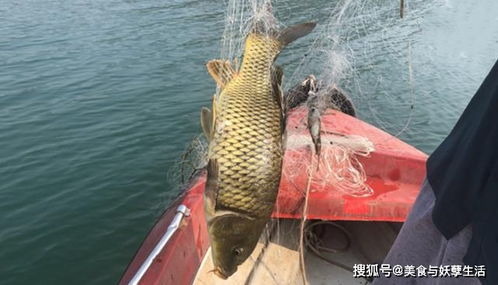Content:
Introduction: Fishing for white whales, a majestic and elusive species, is a challenging yet rewarding endeavor. With their immense size and deep-sea habitat, catching a white whale requires a unique set of skills and knowledge. In this comprehensive guide, we will delve into the art of white whale fishing, providing you with essential techniques, tips, and a step-by-step tutorial to increase your chances of success.
Understanding White Whales: Before we dive into the fishing techniques, it's crucial to have a basic understanding of white whales. White whales, also known as belugas, are the smallest of the baleen whales and are known for their distinct white coloration. They are found in cold Arctic and sub-Arctic waters, particularly in the Arctic Ocean and the sub-Arctic regions of the Pacific and Atlantic Oceans.
Equipment and Gear: To successfully fish for white whales, you'll need the right equipment and gear. Here's a list of essential items:

- A sturdy fishing boat: A boat with a solid hull and powerful engine is necessary to navigate the challenging Arctic waters.
- High-quality fishing rods: Choose rods designed for heavy-duty fishing, capable of handling the weight of a white whale.
- Heavy-duty reels: Opt for reels with a strong drag system to manage the powerful pull of a white whale.
- High-visibility line: Use line that is visible underwater to track the movements of the white whale.
- Bait: White whales are primarily carnivorous, feeding on fish, squid, and crustaceans. Use a variety of baits, such as herring, mackerel, or squid, to attract them.
- Safety gear: Always carry safety equipment, including life jackets, flares, and a first aid kit.
Locating White Whales: Finding white whales in their vast and remote habitat can be challenging. Here are some tips to help you locate them:
- Research and plan: Study the migration patterns and habitats of white whales to identify potential hotspots.
- Use technology: Employ sonar and satellite tracking technology to locate white whale pods.
- Join a guided tour: Consider joining a reputable guided tour that specializes in white whale fishing. They have the expertise and resources to find and catch white whales.
Fishing Techniques: Once you've located a white whale pod, it's time to apply your fishing techniques. Here are some essential tips:
- Approach the pod cautiously: Slowly and quietly approach the pod to avoid startling the whales.
- Use the right bait: Offer a variety of baits to attract the white whales. Pay attention to their preferences and adjust accordingly.
- Set the hook properly: Once a white whale takes the bait, set the hook quickly and securely to prevent it from escaping.
- Manage the line: Keep the line tight but avoid pulling too hard, as this can harm the whale. Use the drag system on your reel to manage the pressure.
- Stay patient: Fishing for white whales can be a waiting game. Stay patient and be prepared for long periods without action.
Handling and Release: Responsible fishing practices are crucial when catching white whales. Here's how to handle and release them:
- Keep the whale calm: Speak softly and avoid making sudden movements that could agitate the whale.
- Secure the whale: Once you've successfully caught the white whale, secure it using a specially designed whale lift or a strong rope.
- Take measurements and photos: Record the whale's vital statistics, such as length and weight, and take photos for scientific research.
- Release the whale: After collecting the necessary data, release the white whale back into the water. Ensure that the whale is fully recovered before letting it go.
Conclusion: Fishing for white whales is an extraordinary experience that requires patience, skill, and respect for the animals. By following this comprehensive guide, you'll be well-equipped to embark on this thrilling adventure. Remember to prioritize the well-being of the white whales and practice responsible fishing techniques to ensure their survival for future generations. Happy fishing!












